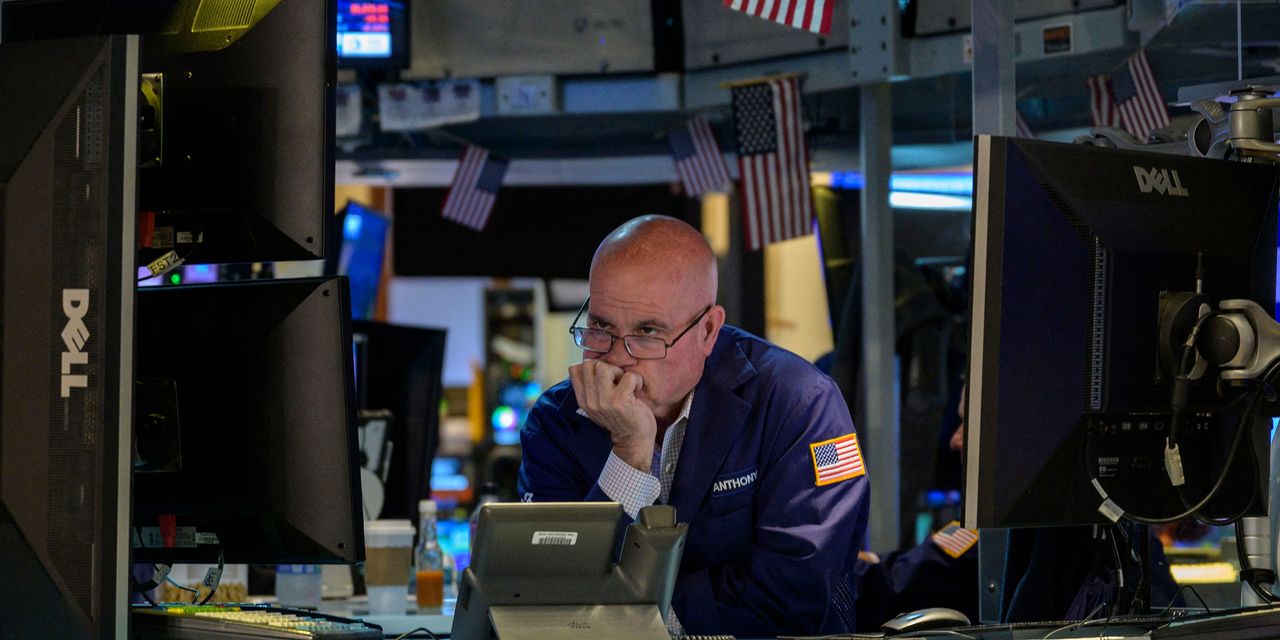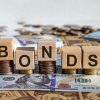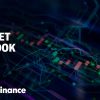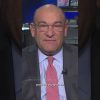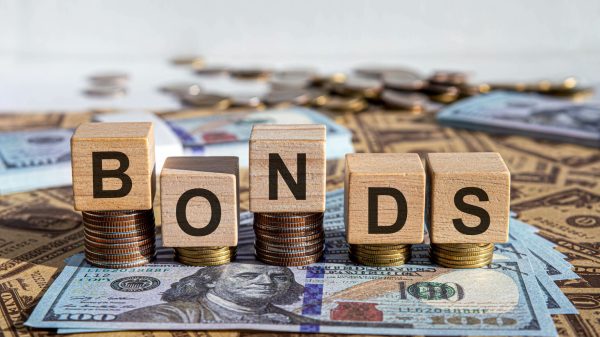August is living up to its reputation as a tough month for stocks—but it might also be setting investors up for the next opportunity.
It was a yawner of a week—as long as you didn’t look at the
Nasdaq Composite.
The
S&P 500 index
fell 0.3% while the
Dow Jones Industrial Average
eked out a gain of 0.6%, but they mask the volatility under the surface that was clearly visible in the tech-heavy Nasdaq, which dropped 1.9%. It’s now down nearly 4.9% in August.
There was plenty to fret about, including bank credit downgrades by Moody’s and the likely path of the Federal Reserve’s interest-rate hikes in light of consumer and producer inflation readings that clearly show that the easy part of disinflation is over. Besides, a bull market that had been led by just seven stocks, including
Apple
(ticker: AAPL),
Microsoft
(MSFT), and
Nvidia
(NVDA), can’t go on forever.
“[It’s an] appropriate pause by the market,” David Donabedian, chief investment officer at CIBC Private Wealth US, told Barron’s, making a distinction with the rally led by a handful of tech names earlier this year. “We’re now seeing a healthy market.”
If a choppy one. This past week was full of false breakouts and aborted breakdowns, ultimately creating a lot of noise without providing much information, particularly with trading volume low in August. But it was required if the stock market were going to be able to continue higher. “A lot of people are in a wait-and-see mode,” says CappThesis founder and market technician Frank Cappelleri. “This was needed to see more constructive bullish patterns form.”
It might take a while to get to that point, and investors should use this holding pattern as an opportunity to do some pruning of stocks that have run up while adding to sectors that had been less loved. Healthcare and utilities come to mind. While the
Technology Select Sector SPDR
exchange-traded fund (XLK) has gained 34% this year, the
Health Care Select Sector SPDR
ETF (XLV) is roughly flat, and the
Utilities Select Sector SPDR
ETF (XLU) has fallen 8.4%.
And those sectors could come in handy if the unexpected happens. Even though many on Wall Street are dismissing the likelihood of a recession, it is still a time to exercise some caution. The Fed, after all, has raised interest rates by 5.5 percentage points since March 2022, and the effects of those hikes take time to be felt by the market. The yield curve, a reliable indicator of recessions, remains deeply inverted. While the “R” word is scary, it does bring opportunity. “Recession is an ominous term, but it typically clears the deck for a durable multiyear bull market,” says Donabedian.
If we’re not in one already.
Write to Carleton English at [email protected]
Read the full article here


